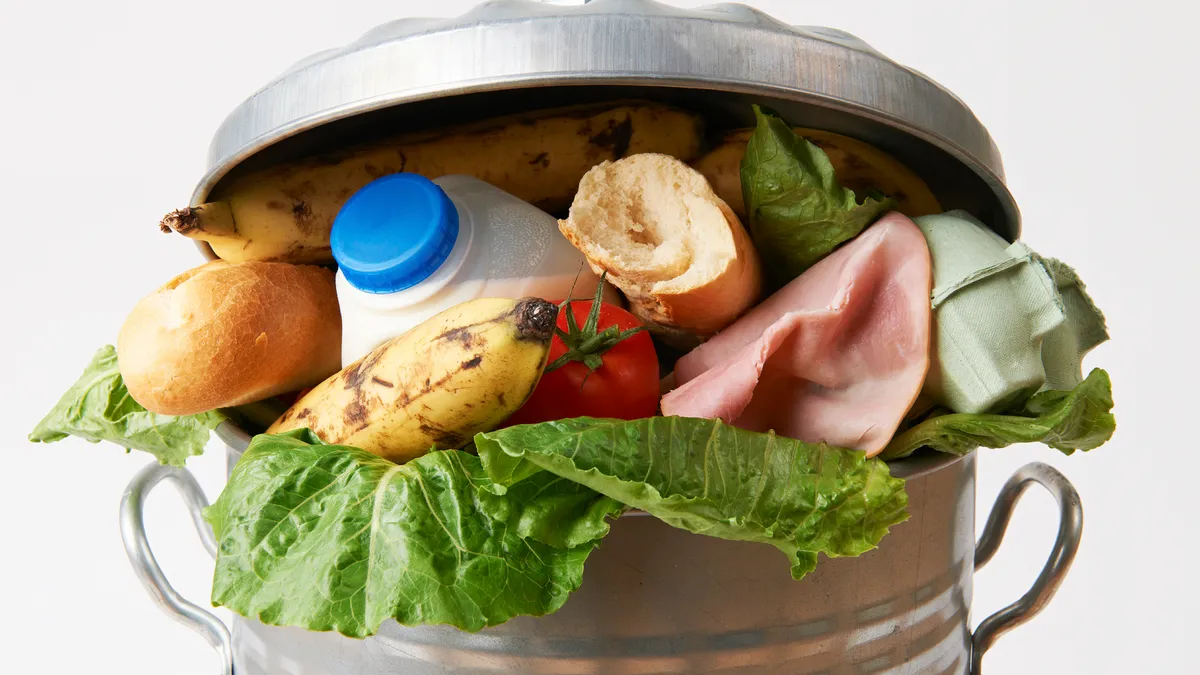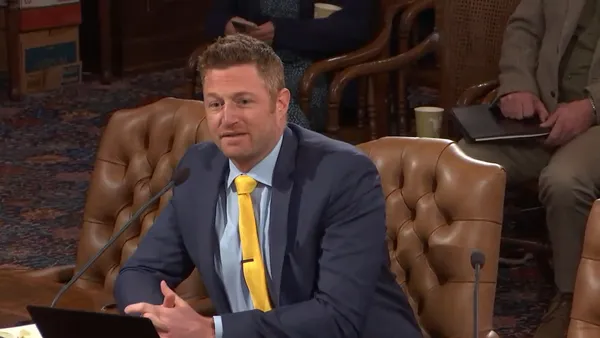Dive Brief:
- The Central Ohio Food Waste Initiative (COFWI) recently released a new food waste action plan outlining methods and metrics for reduction, recovery and recycling in the greater Franklin County area. An estimated 152,000 tons of wasted food are landfilled in the county every year, at a cost of $6 million dollars.
- The total economic loss from wasted food, the report says, comes out to approximately $106 million. According to the Mid-Ohio Foodbank, local residents go without food for 69 million meals each year — while 192 million meals are disposed of annually.
- The plan includes 20 Phase I projects across the categories of prevention, rescue or recycling. Initial action items include "Promoting Existing Services and Programs," "Piloting School Curriculum, Share Tables and Rescue, and Collection," and "Developing a Consumer Awareness Campaign."
Dive Insight:
COFWI, spearheaded by the Solid Waste Authority of Central Ohio (SWACO), is a collaboration of more than 60 governments, business and institutions that have established common goals and agreed upon consistent measurements to achieve a goal of 50% less food waste by 2030. COFWI's plan, developed with assistance from the Biehl Consultancy and Resource Recycling Systems, is the result of several stakeholder meetings and surveys on how to tackle food waste regionally.
This latest plan harmonizes with the previous efforts of the Local Food Action Plan (LFAP), launched by the City of Columbus and Franklin County in 2016. Whereas LFAP is geared toward increasing use and consumption of local food, COFWI's plan will focus on how waste affects food access.
Food waste recovery has long been touted as a way to send less material to landfills and keep resources in the system. However, pushback often comes down to the dollars, and landfill tip fees in the region remain lower than the national average. SWACO is working to complete a composting feasibility study by this summer. Both drop-off sites and residential curbside collection pilots were outlined as action items in the new plan, along with the need to increase regional capacity for organics processing.
The COFWI goals follow a similar target established by the UN in 2015 as part of its Sustainable Development Goals: "Ensure sustainable consumption and production patterns” (Target 12.3), which is seeing some progress internationally but still has "significant" remaining gaps, as small business and partnerships are needed to further the goal. The U.S. EPA adopted the same goal shortly thereafter, aiming to reduce the amount of wasted food per person to 109.4 pounds within 20 years. The Trump administration has expressed continued interest in the topic.














